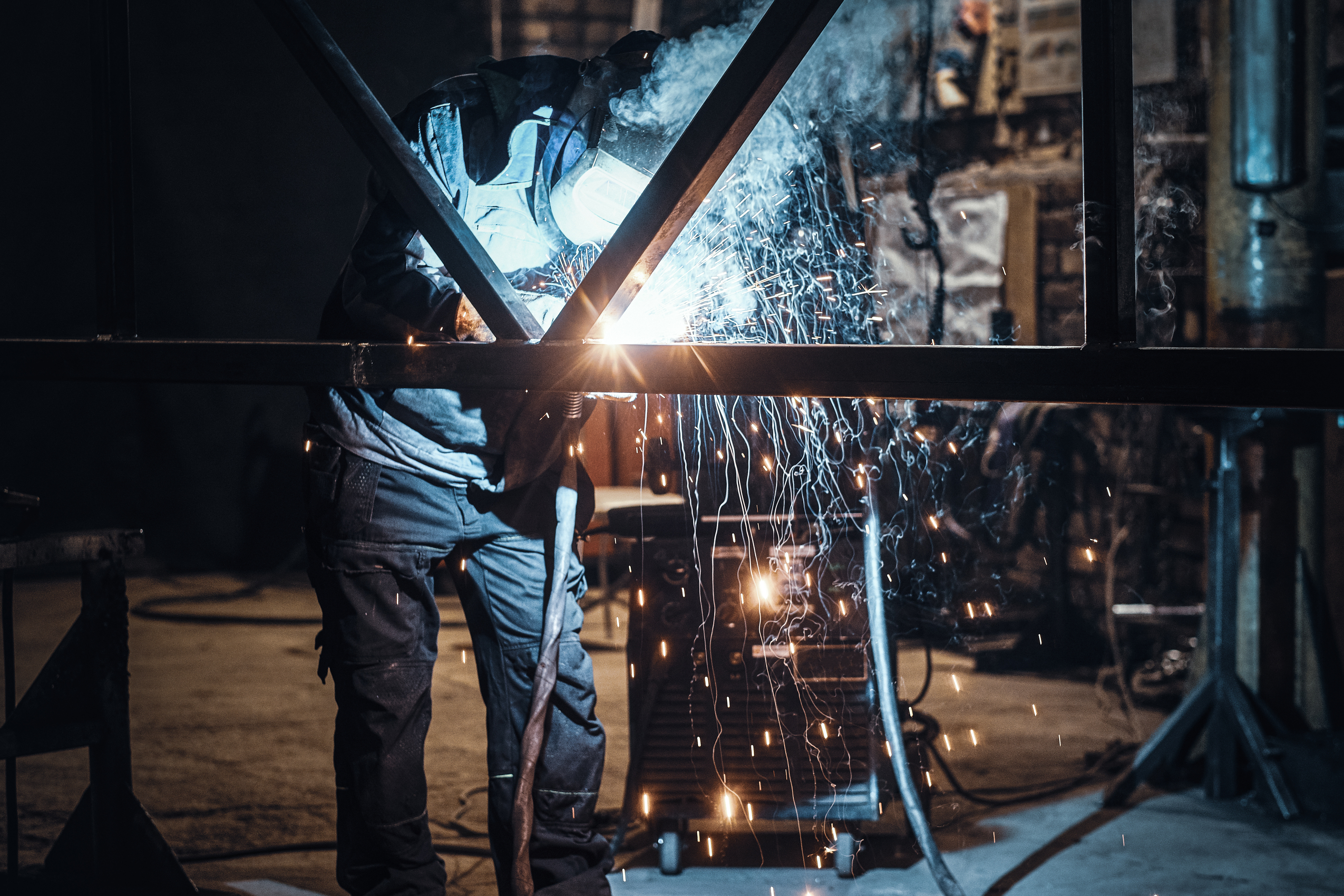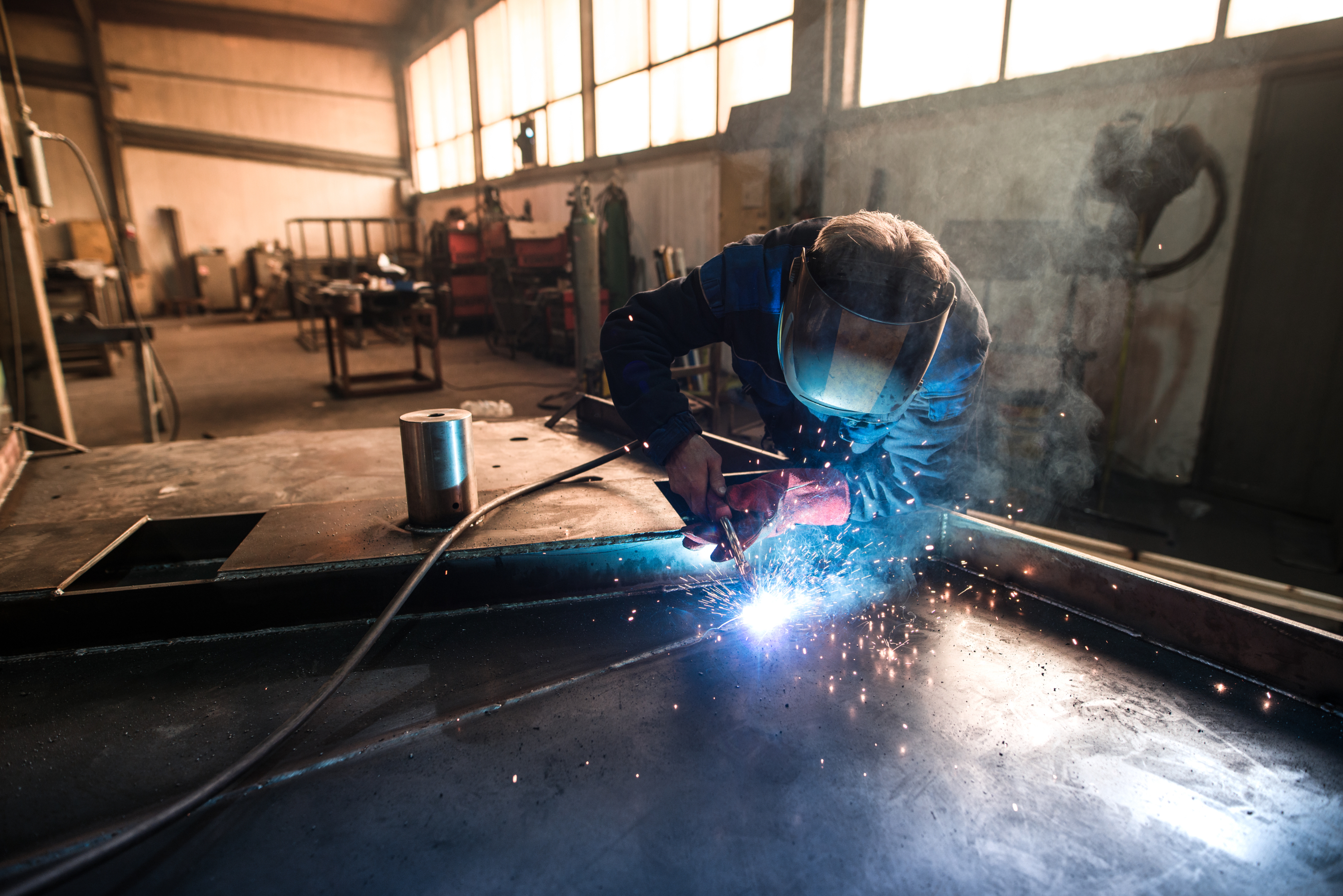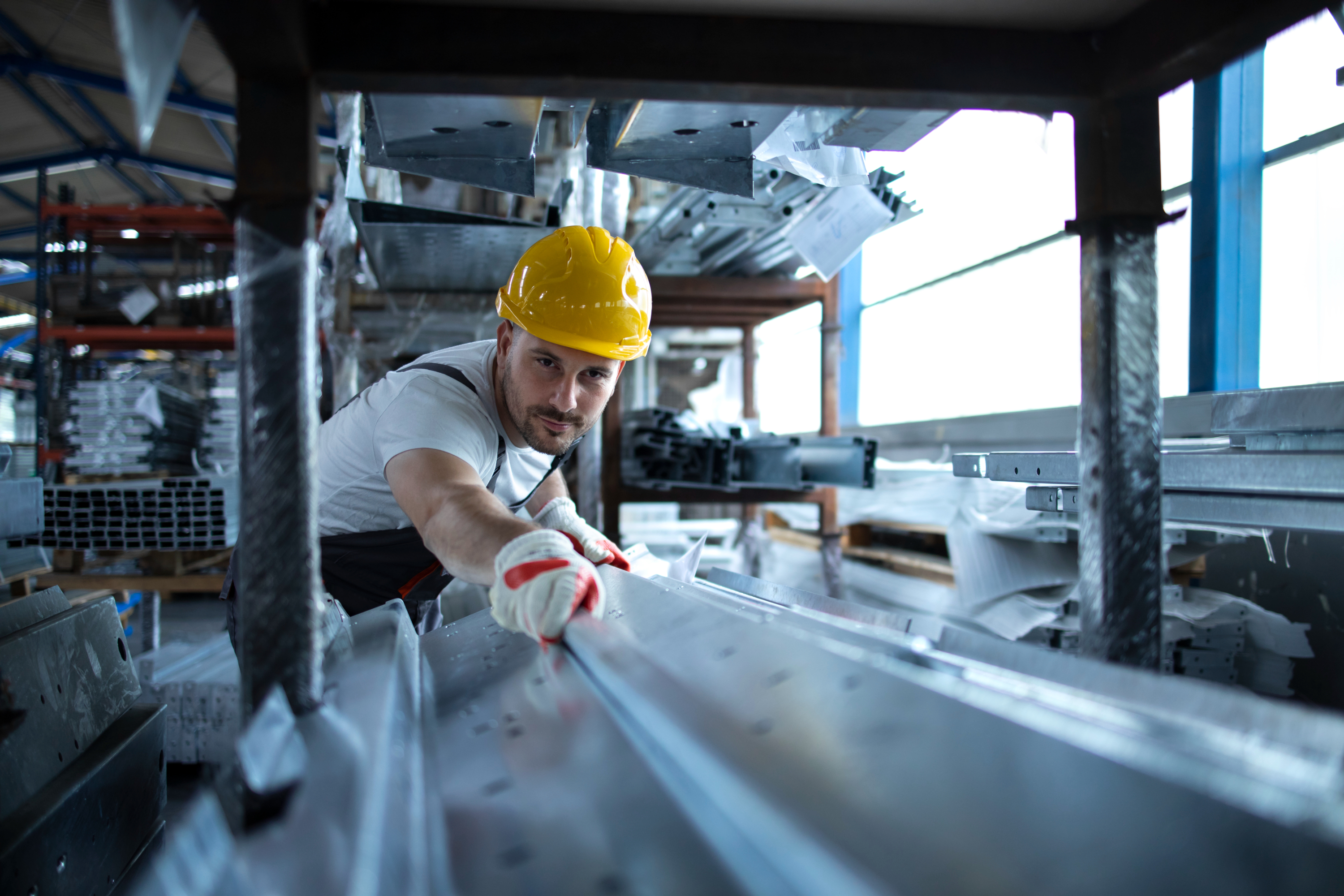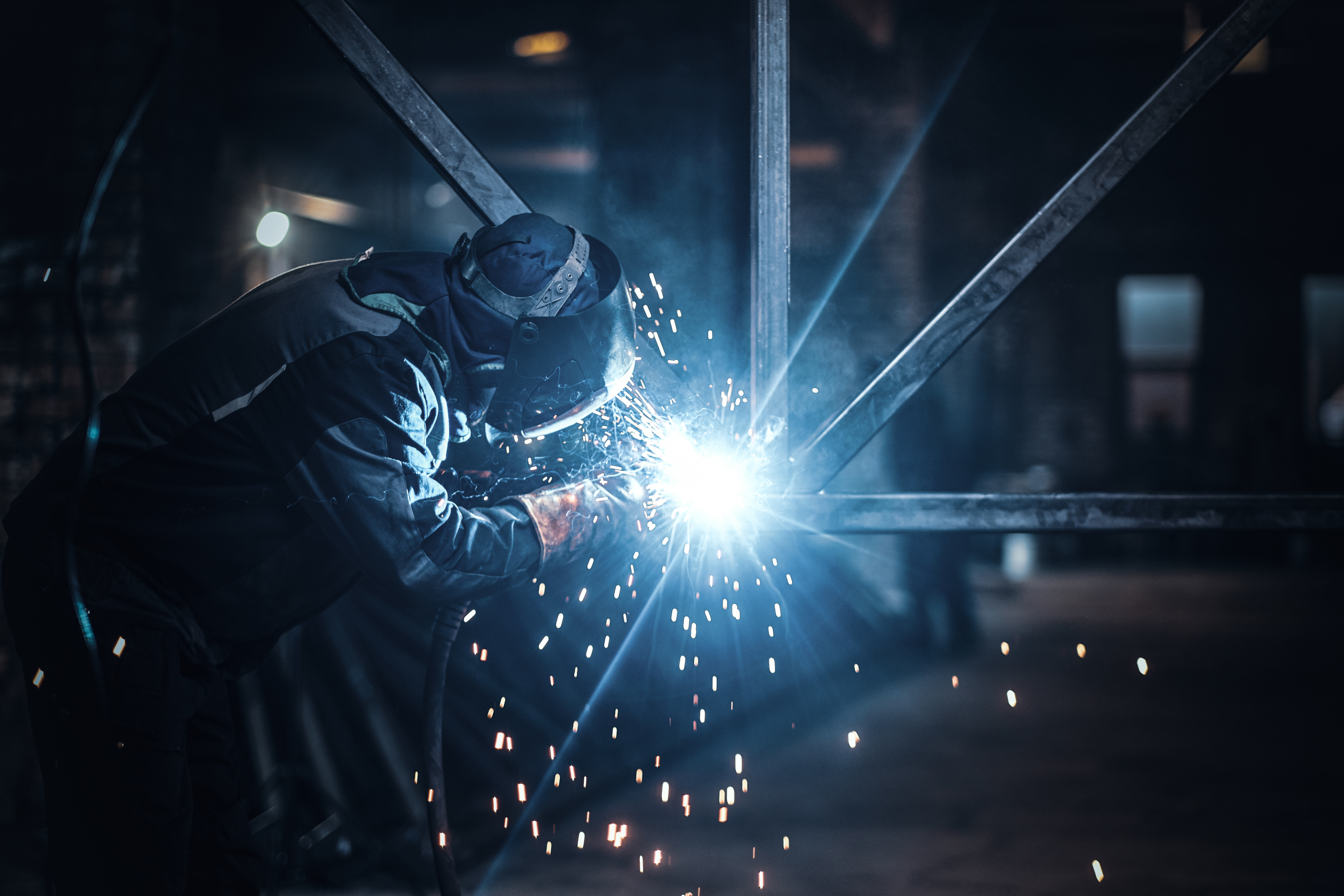What are the advantages of steel fabrication in construction? Whether you're a contractor, architect, or project manager, dive into the benefits that make steel a preferred choice in the construction industry.
Our comprehensive guide outlines how steel fabrication offers unmatched durability, versatility, and cost-effectiveness in construction.
Strength, Durability, and Design Flexibility of Steel
Steel fabrication offers numerous advantages in construction due to its exceptional strength, durability, and design flexibility. Steel's robustness ensures structures can bear heavy loads, making it ideal for skyscrapers and bridges. Its innate durability resists corrosion and extreme weather, leading to longer lifespans and reduced maintenance costs.
Moreover, steel's malleability enables intricate designs, fostering architectural creativity. Prefabricated steel components streamline construction processes, accelerating project completion.
The material's recyclability aligns with sustainable practices, reducing environmental impact. In essence, steel fabrication empowers builders to construct resilient, visually appealing, and environmentally conscious structures that stand the test of time.
Load-Bearing Capacity
In the realm of construction, steel fabrication stands as a formidable choice due to its unparalleled advantages, particularly in terms of load-bearing capacity. The inherent strength of steel makes it an ideal candidate for supporting heavy loads and spanning vast distances, rendering it indispensable for constructing towering skyscrapers, expansive bridges, and colossal industrial structures.
The load-bearing capacity of steel is a result of its exceptional tensile strength and resilience. This enables engineers to design structures that can accommodate immense weights without succumbing to deformation or collapse. This characteristic is especially crucial in areas prone to seismic activities, as steel's ductility allows it to absorb and dissipate energy, enhancing overall structural stability.
Steel's consistent and predictable properties further enhance its load-bearing capacity. Engineers can accurately calculate the amount of load a steel structure can bear, ensuring safety margins are maintained. Moreover, steel's uniformity minimises inconsistencies, reducing the risk of structural failure due to variations in material quality.
The versatility of steel fabrication in load-bearing applications cannot be overstated. It permits the creation of complex geometries and innovative designs that maximise space and efficiency. Additionally, the flexibility to modify or expand structures over time is an asset in evolving construction projects.

Design Flexibility
Steel fabrication's advantages in construction extend prominently to the realm of design flexibility, revolutionising the way structures are envisioned and brought to life. Steel's inherent malleability empowers architects and engineers to push the boundaries of creativity, resulting in structures that captivate the eye and serve functional purposes seamlessly.
The adaptability of steel allows for intricate and dynamic designs that would be challenging with other materials. Curved, cantilevered, and unique geometries become feasible, enabling iconic landmarks and architectural wonders. This flexibility is particularly crucial in modern architecture, where aesthetics and functionality are harmonised.
Prefabrication techniques, coupled with steel's versatility, expedite the construction process. Customised steel components can be manufactured off-site with precision, reducing on-site work time and disruptions. The assembly of prefabricated steel elements aligns with just-in-time construction methodologies, enhancing efficiency and reducing waste.
Furthermore, the ability to modify, expand, or retrofit steel structures with relative ease enhances their longevity. As needs evolve, adjustments can be made without compromising the integrity of the building. This adaptability is essential for repurposing structures and embracing sustainable practices.
In essence, the design flexibility offered by steel fabrication fosters innovation and transforms architectural possibilities. From contemporary skyscrapers to avant-garde cultural centres, steel's pliability shapes structures that embody the spirit of human ingenuity and engineering excellence.

Speed and Efficiency in Construction
Steel fabrication offers remarkable advantages in construction, particularly in terms of speed and efficiency. Prefabricated steel components are precisely manufactured off-site, reducing on-site assembly time significantly.
This streamlines the construction process, shortening project timelines and minimising disruptions. Steel's consistent quality and predictability enhance accuracy in planning and execution. Additionally, its lightweight nature eases transportation and handling, further accelerating construction.
The speed and efficiency of steel fabrication not only save costs but also enable timely project completion, making it a preferred choice for modern construction projects where time is of the essence.
Durability and Longevity
Durability and longevity are paramount in construction, and steel fabrication emerges as a prime choice due to its exceptional attributes in these domains. Steel's innate strength and resistance to external forces make it remarkably durable, ensuring structures withstand harsh conditions, heavy loads, and the test of time.
One of steel's standout features is its corrosion resistance. Protective coatings and galvanisation techniques shield steel from rust and decay, even in challenging environments. This resilience reduces maintenance demands and prolongs the lifespan of structures, translating into cost savings over the long run.
The durability of steel extends to its ability to withstand extreme weather events, seismic activities, and fire. Its robustness and flexibility enable it to absorb and dissipate energy, enhancing structural integrity and safeguarding against catastrophic failures.
Steel fabrication contributes to longevity through its sustainable nature. Its recyclability promotes eco-friendly construction practices, reducing the depletion of natural resources. Furthermore, steel's resistance to degradation ensures its continued performance over decades.
In a world emphasising sustainability and resilience, steel fabrication's durability and longevity stand out as integral factors. Structures built with steel not only exhibit enduring strength but also represent a responsible approach to construction that benefits both present and future generations.
Sustainable and Eco-Friendly
The cornerstone of steel's eco-friendly reputation is its exceptional recyclability. At the culmination of a structure's lifespan, steel components can be reclaimed, reprocessed, and integrated into new projects, mitigating the need for virgin raw materials. This process not only conserves valuable resources but also mitigates waste accumulation and lowers the carbon footprint associated with traditional construction methods.
Beyond its recycling potential, steel fabrication champions sustainability through its efficient manufacturing processes. Advanced techniques have led to decreased energy consumption, minimised emissions, and reduced waste generation during the production phase. The inherent durability of steel not only contributes to its longevity but also translates to fewer replacements, thus curtailing the demand for additional resources.

Furthermore, the lightweight nature of steel simplifies transportation logistics, resulting in reduced fuel consumption and emissions during the transit of materials to construction sites. The precision and modularity of steel components in the fabrication process also lead to diminished on-site waste, further underscoring the environmentally friendly attributes of steel fabrication.
In an era characterised by a global commitment to sustainable development, steel fabrication emerges as an ally in the construction industry's journey toward eco-friendliness. Beyond constructing resilient and robust structures, the choice of steel speaks to a conscientious approach that not only shapes the skyline but also fosters a greener future for generations to come.

